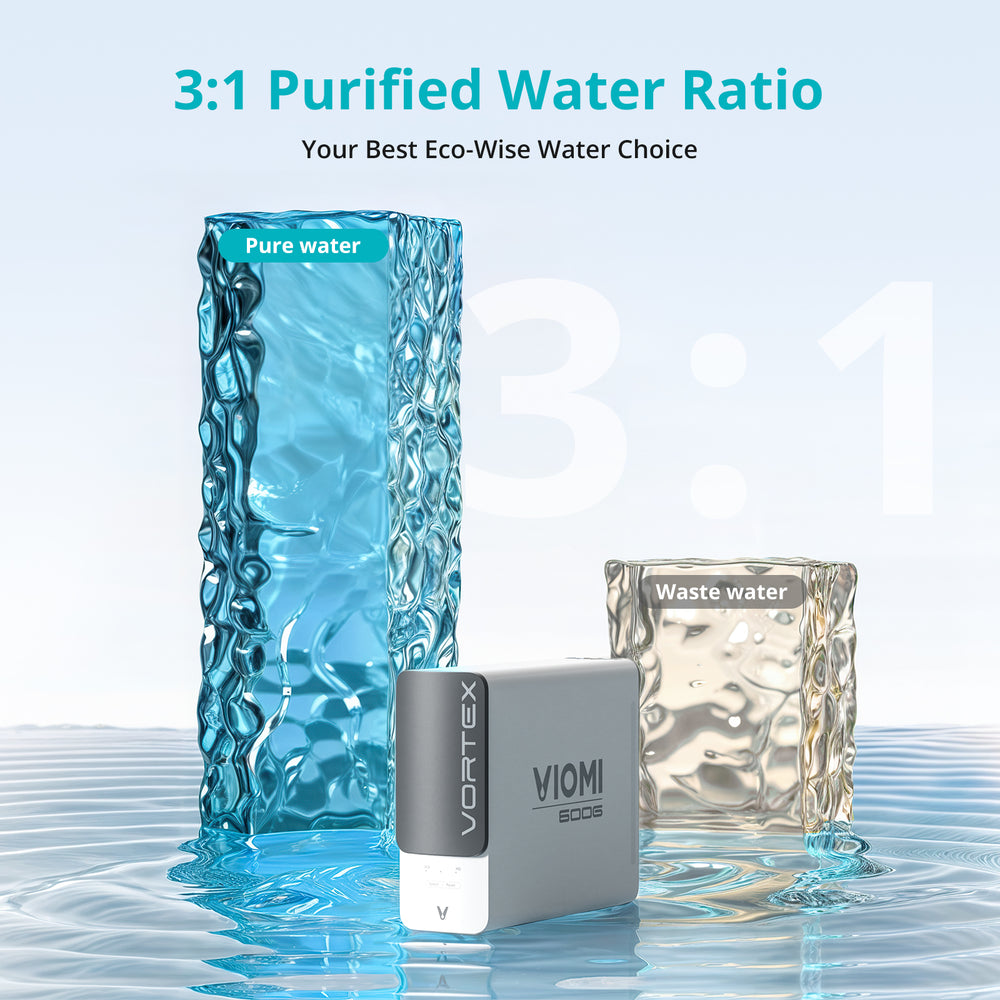Unveiling the Secrets of Reverse Osmosis: Transform Your Water Quality Today!
Water quality is a fundamental aspect of our daily lives, influencing everything from our health to the taste of the beverages we consume. Clean, safe water is essential not just for drinking, but also for cooking and hygiene. With increasing concerns about contaminants in municipal water supplies, many people are turning to advanced filtration systems to ensure their water is as pure as possible. One of the most effective methods available today is reverse osmosis filtration. This technology has gained popularity due to its ability to remove a wide range of impurities, making it a reliable choice for households seeking improved water quality. In this article, we will explore how reverse osmosis filtration systems work and delve into the numerous benefits they offer.

Understanding Reverse Osmosis Filtration Systems
Reverse osmosis (RO) is a water purification process that utilizes a semipermeable membrane to remove ions, molecules, and larger particles from drinking water. The basic principle behind reverse osmosis involves applying pressure to water on one side of the membrane, forcing it to move through the membrane while leaving contaminants behind. A typical reverse osmosis system consists of several key components: a pre-filter to remove larger sediments, the RO membrane itself that performs the actual filtration, and a storage tank to hold the purified water. Many systems also include a post-filter to polish the water before it reaches your tap, ensuring great taste and quality. Understanding these components helps demystify the technology and highlights its efficiency in providing clean water.
How Reverse Osmosis Works
The reverse osmosis process begins with water entering the system through a pre-filter, which removes larger particles such as dirt and chlorine. This initial filtration is crucial as it protects the delicate RO membrane from damage. Once the water passes through the pre-filter, it is directed to the RO membrane, where the real magic happens. Here, high pressure is applied to the water, pushing it through the semipermeable membrane. This membrane has tiny pores that allow only water molecules to pass through while blocking contaminants, including salts, heavy metals, and other impurities. The purified water is then collected in a storage tank, ready for use. This process not only ensures the removal of harmful substances but also highlights the importance of pressure in achieving effective filtration.
Benefits of Using a Reverse Osmosis Filtration System
The benefits of reverse osmosis systems are numerous and significant. One of the most notable advantages is the improved taste of the water. Many people who have switched to RO water have remarked on how fresh and clean it tastes compared to tap water, which can often have an off-putting flavor due to chlorine or other chemicals. Additionally, reverse osmosis systems are highly effective at removing a wide range of contaminants, including lead, arsenic, fluoride, and nitrates, which can pose health risks. This makes RO systems an excellent choice for families concerned about the quality of their drinking water. Moreover, the convenience of having a reliable source of purified water at home can save money in the long run, especially when compared to the ongoing expense of bottled water. By investing in a reverse osmosis system, you not only enhance the quality of your water but also contribute to a healthier lifestyle.
Common Misconceptions About Reverse Osmosis
Despite its many advantages, there are several misconceptions surrounding reverse osmosis filtration systems. One common myth is that RO systems waste a lot of water during the filtration process. While it’s true that some water is discarded, many modern systems are designed to be much more efficient, minimizing waste. Another misconception is that reverse osmosis removes all minerals from water, which can lead to the belief that it is not healthy to consume. In reality, while RO does eliminate some beneficial minerals, many systems are equipped with remineralization filters that restore essential minerals to the water, enhancing its taste and health benefits. Lastly, some people believe that RO systems require extensive maintenance. In truth, with regular filter changes and basic upkeep, these systems can provide years of reliable service.
Key Takeaways on Reverse Osmosis Filtration
Understanding reverse osmosis filtration systems is essential for anyone looking to improve their drinking water quality. From removing harmful contaminants to enhancing taste, the benefits of implementing such a system are clear. As more families recognize the importance of clean water for their health and well-being, investing in a reverse osmosis system becomes a proactive step toward a healthier lifestyle. Whether you're motivated by taste, health, or convenience, a reverse osmosis filtration system can profoundly impact your daily life and overall wellness. Consider making this investment in your home today for a better tomorrow.








